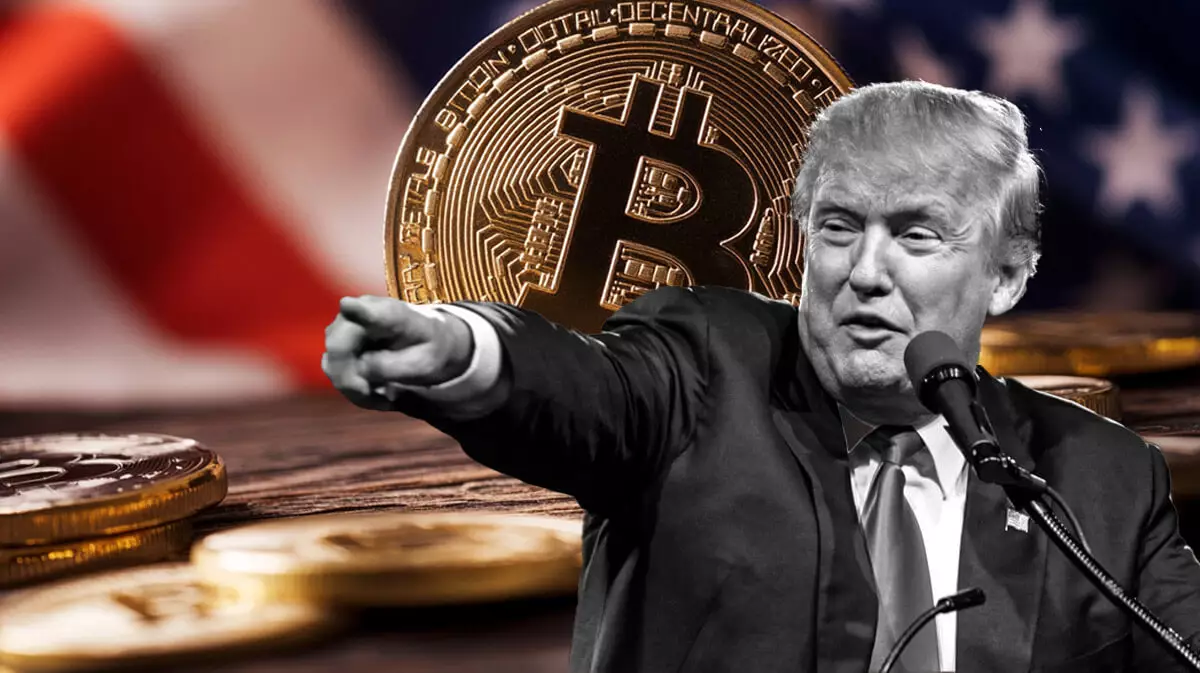The world of cryptocurrency is undeniably captivating, a digital realm that has attracted millions of investors and innovators. However, amid the allure of high returns and technological advancements, a darker reality exists—crypto custody is fraught with complexities that diverge sharply from those associated with conventional asset management. As hackers and fraudsters gravitate towards cryptocurrency like moths to a flame, the security of digital assets becomes a daunting task, compelling the industry to adapt and evolve in response to a rapidly changing landscape.
Custodianship in the crypto space is not a mere straightforward process; it is a multi-layered ecosystem rife with risk. Unlike traditional assets such as stocks and bonds, where the custodial responsibilities are comparatively structured and predictable, handling cryptocurrency involves a deeper level of sophistication. According to Hadley Stern, a notable figure in the field, the financial burden of protecting digital assets can be tenfold compared to traditional assets. This stark contrast in costs underscores the intricate nature of digital asset custody, which has emerged as both a challenge and a lucrative opportunity for financial institutions.
The crypto custody market, currently valued at around $300 million, is experiencing exponential growth, at nearly 30% annually, as reported by industry analysts like Fireblocks. This growth has attracted the attention of traditional Wall Street banks and innovative startups alike, all vying for a slice of this rapidly expanding pie. However, the reality remains that mainstream financial firms have approached this burgeoning sector with caution, primarily due to regulatory ambiguities that loom large, potentially stifling their ventures into the crypto landscape.
Right now, the field of crypto custody is predominantly occupied by central players like Coinbase and BitGo. These entities have established themselves as reliable custodians, but they face growing competition as more traditional financial institutions, including banks like BNY Mellon and Citigroup, begin to explore crypto custody services. Yet, this transition is not without its hurdles; many banks have initiated only tentative steps, indicated by BNY Mellon’s initial offering that currently accommodates only Bitcoin and Ethereum. This limited scope highlights the broader challenge of integrating an extensive range of cryptocurrencies into custodial frameworks.
Furthermore, recent developments have seen firms like Nasdaq retreat from their plans to enter this space, attributing that decision to the evolving regulatory climate. Such hesitance among established financial entities reveals a broader concern regarding the overall viability of third-party crypto custody services, especially in light of the crypto community’s shadowy past with hacks and security breaches that have bred skepticism.
While firms strive to enhance their custodial capabilities and assurances, regulations remain another major obstacle. Recent legal developments, including the SEC’s SAB 121 rule, place stringent constraints on financial institutions offering crypto custody, creating an environment of uncertainty. Despite President Biden’s veto against some congressional measures aimed at dismantling this rule, exemptions have granted limited flexibility to a select few banks. Nonetheless, the opaque nature of these exemptions raises concerns about the primary motivations behind such regulatory actions, as many in the industry continue to advocate for broader reform.
The stakes are particularly high as the upcoming presidential elections loom. Former President Donald Trump’s potential return presents a double-edged sword for the crypto community. Those aligned with the industry expect a more favorable regulatory climate should Trump reclaim the presidency and replace current SEC chair Gary Gensler—seen as an obstacle rather than a supporter of cryptocurrency. Investors and custodians alike keep a cautious eye on the election outcome, knowing that any shift in leadership could either rejuvenate or stifle the momentum toward regulatory clarity.
The complexity of crypto custody reveals an intricate balance of risk, cost, and regulatory challenges. With the high stakes involved, organizations must not only navigate the financial implications of safeguarding digital assets but also contend with the legal frameworks that govern their operations. As the market matures and traditional financial institutions weigh the viability of crypto services, the path forward remains uncertain, defined by the interplay of technological innovation, regulatory progress, and public trust. Shaping a resilient future in crypto custody will require commitment and adaptability from both custodians and regulators alike, ensuring that safeguarding digital assets continues to evolve to meet the demands of a dynamic landscape.


Leave a Reply